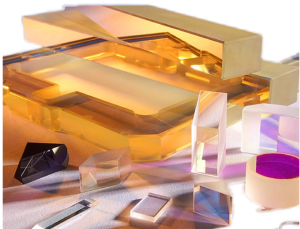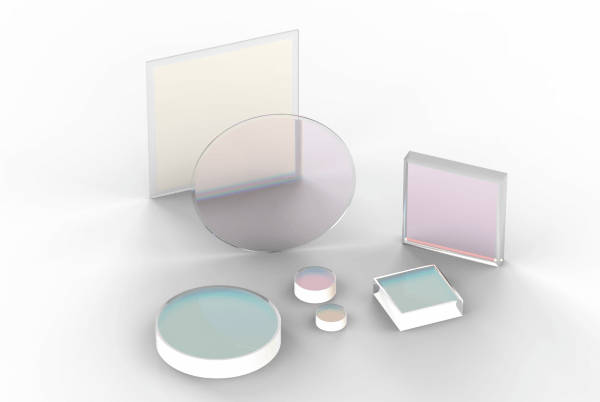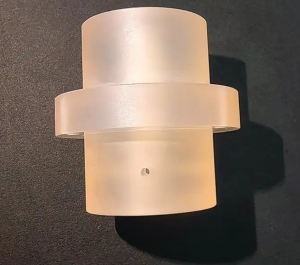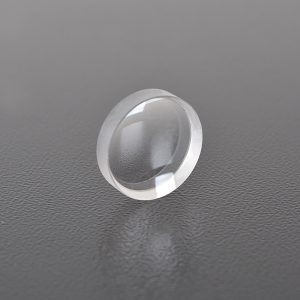
Principle and Types of Spectroscopes (beamsplitters)
A spectroscope, also known as a beam splitter or a beam splitter, is an optical component that can split incident light into two or more different beams at a specified ratio. It achieves precise control and separation of light based on the refraction, diffraction and dispersion of light. It is usually an optical element with a special coating that allows part of the light to be transmitted and the other part to be reflected. Spectroscopes are widely used in many fields such as optical experiments, chemical analysis, biomedical research, astronomy, and optical communications.

1. Principle of Spectroscopes
The principle of spectroscopes is mainly based on the following aspects:
Wavelength and frequency of light: Light is an electromagnetic wave, and its wavelength and frequency determine the color and properties of light. Light of different wavelengths has different refractive indices, which is the basis for spectroscopes to achieve spectroscopic effects.
Refraction and reflection: When light enters a spectroscope, the light will be partially reflected and partially transmitted according to the coating characteristics and structural design of the mirror surface. This reflection
and transmission ratio (i.e., the splitting ratio) is determined when the film system is designed.
Dispersion: The prisms, gratings and other components in the spectroscope can use the different refractive indices of light of different wavelengths to decompose light into spectra of different colors. This is the key to spectroscopes to achieve spectral analysis.
2. Types
According to different classification standards, spectroscopes can be divided into many types:
Classification by structure:
Cube spectroscope: It has a cube structure and is often used in application scenarios that require high stability and precise control.
Flat-plate spectroscope (beam splitter): The structure is relatively simple and is suitable for some application scenarios with small space requirements or low costs.
Classification by functional characteristics:
Polarization beam splitter (PBS): It can split the incident light into two polarized lights with mutually perpendicular vibration directions (transmitted light is P polarized light, and reflected light is S polarized light). It is suitable for application scenarios that require precise control of the polarization state of light.
Non-polarization beam splitter (NPBS): It splits light at a specific reflection/transmission (R/T) ratio while maintaining the original polarization state of the incident light. It is suitable for application scenarios where the polarization state is not important.
Dichroic spectroscope: splits light according to wavelength, often used in applications where light of different wavelengths needs to be separated.
Classification by bandwidth:
Narrowband spectroscope: suitable for decomposition and selection of spectra within a narrow wavelength range, with high resolution.
Broadband spectroscope: suitable for spectral processing within a wide wavelength range, and can quickly obtain spectral measurement results.
Hanzhong Brisun Optics Co., Ltd. Is the high precision optical element manufacturer provides customized production of Various optical lenses, including spherical lens, cylindrical lens, optical window, mirror, prism, filter, metal base mirror and other high-precision optical elements. The base materials include various optical glass, fused quartz, calcium fluoride (CaF2), zinc selenide (ZnSe), germanium (GE), silicon (SI), sapphire, metal and other materials. And provide antireflective film, high reflection film, spectroscopic film, metal film and other optical coatings.
Welcome to OEM and Purchasing!


